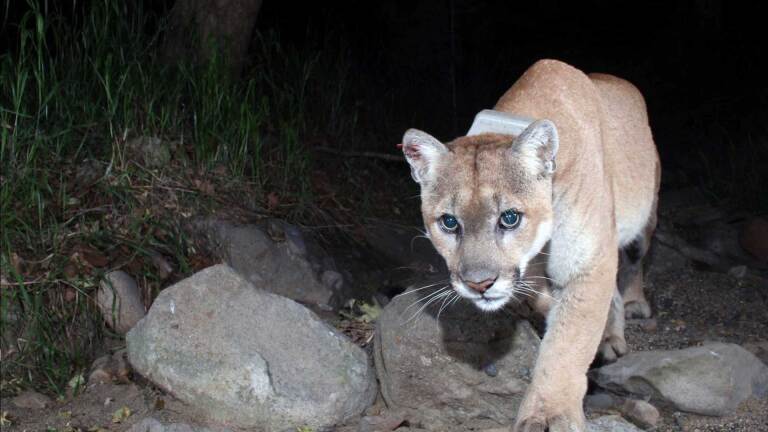Up Next
Back to Show
Earth Focus
Urban Ark Los Angeles
Published as part of an environmental storytelling partnership with the Laboratory for Environmental Narrative Strategies (LENS) at UCLA, with extensive contributions from faculty and MFA students in UCLA’s documentary film program in the School of Theater, Film and Television. The second storyline considers how Los Angeles has inadvertently become a sanctuary city for non-native animal species that are sometimes endangered in their native habitats.
A documentary exploring intriguing questions about human-created urban ecosystems, biodiversity and opportunities for creating sanctuaries for endangered species, including the origin and relocation of the beloved red-crowned parrot in Pasadena.
Support Provided By
Related

26:40
A look at the Peruvian government's Operation Mercury, a decisive action to shut down an entire town built around an illegal gold mine.

26:39
South Africa faces a stark reality as the continent’s largest greenhouse gas emitter.

26:39
In-depth profiles of four young environmentalists: Alexandria Villaseñor in California, Carl Smith in Alaska, Ayakha Melithafa in South Africa and Litokne Kabua in the Marshall Islands.

26:40
Entire aquatic ecosystems are beginning to collapse.

26:30
Solar power is changing lives in unexpected places.

26:40
The realities of milk production are forcing dairy communities across the globe to rethink the dairy production process.

26:04
This episode explores lumber poaching in the forests of Brazil and Oregon, where citizens and scientists are working together to combat the illegal lumber trade.

24:40
The popular demand for avocados is having a devastating impact on a drought-stricken community in Chile.

25:52
This episode of "Earth Focus" examines how the worldwide demand for oil and gas is impacting the communities that supply it.

24:28
Los Angeles is one of the biggest biodiversity hotspots in the world, despite its smog, urban sprawl and snarling freeways.

25:44
Communities and innovators all over the world are creating new sustainable food sources that are resilient to climate change and growing populations.

25:44
Anticipating future water needs, two regions on opposite sides of the world turn to technology for answers.



















